Our Favorite Seed Starting Mix

Starting your own seeds often starts with one question, “what soil should I use?” Well, you should use a seed starting mix. Seems easy enough. There are plenty of seed starting mixes available to buy but you might want to make your own. Making your own seed starting mix is easy and by making it yourself you can often get it at a lower cost and you can adapt it if you need to. There are many recipes out there but here is our favorite.
Seed Starting Mix for Vegetables
- 2 part coconut (coco) coir
- 1 part compost
- 1 part rice hulls
- Optional: Granular fertilizer
The basis of this seed starting mix is coir, which is made from the husk of coconuts that are removed to harvest the crop. Coir acts to keep the mixture fluffy while also holding up to 10 times its weight in water allowing both water and oxygen to be available to your seedlings.
Many seed starting mixes use peat moss as the base instead of coir. Although you too can do this we much prefer to use coir for a few reasons.
First, although peat might be cheaper it is generally more expensive than it seems because it’s very acidic and doesn’t like to absorb water. You often need to buy two additional ingredients to add to your mix to neutralize the acidity and allow it to easily re-wet if it dries out.
Second, using peat moss is terrible for the environment. It is a material that needs to be mined from peat bogs. Although there are some locations that say they can harvest it sustainably, we know that much of it is not harvested sustainably and its harvest can disrupt or destroy the peat bog ecosystems it comes from. We also know that peat soils, which only account for 3% of land, hold 30% of all soil carbon in the world, which is more carbon than all plants on the planet. Disrupting these soils to harvest peat leads to significant carbon emissions. Since, at least for seed starting mix, we can use coir instead of peat, why wouldn’t we? To make it easier for people to use this more sustainable ingredient we now sell blocks of compressed coir that, when hydrated, will produce about 4 gallons of coir.
The next ingredient in our recipe is rice hulls. In most recipes perlite is used but we prefer rice hulls because, like coir, it is a waste product. Therefore it uses much less energy than perlite since, as a mineral, it must be mined and then superheated. Rice hulls are the outer layer of the rice that is removed before packaging it in the form that you see in stores. They help to keep the soil mix aerated. Like coir, we also now carry rice hulls in our store since they can be hard to find.
Compost is the last main ingredient of our seed starting mix. Compost helps to aerate the mix, hold water, and provide some nutrients for your plants.
The last optional ingredient is granular fertilizer. You can use any granular fertilizer but make sure to follow the instructions on the package to tell you how much to use. The fertilizer helps to provide nutrients since most of your seed starting mix (coir and rice hulls) provide no nutrients to your plant. If you don’t use a granular fertilizer you can still use a liquid fertilizer once your plants start growing to provide nutrients.

